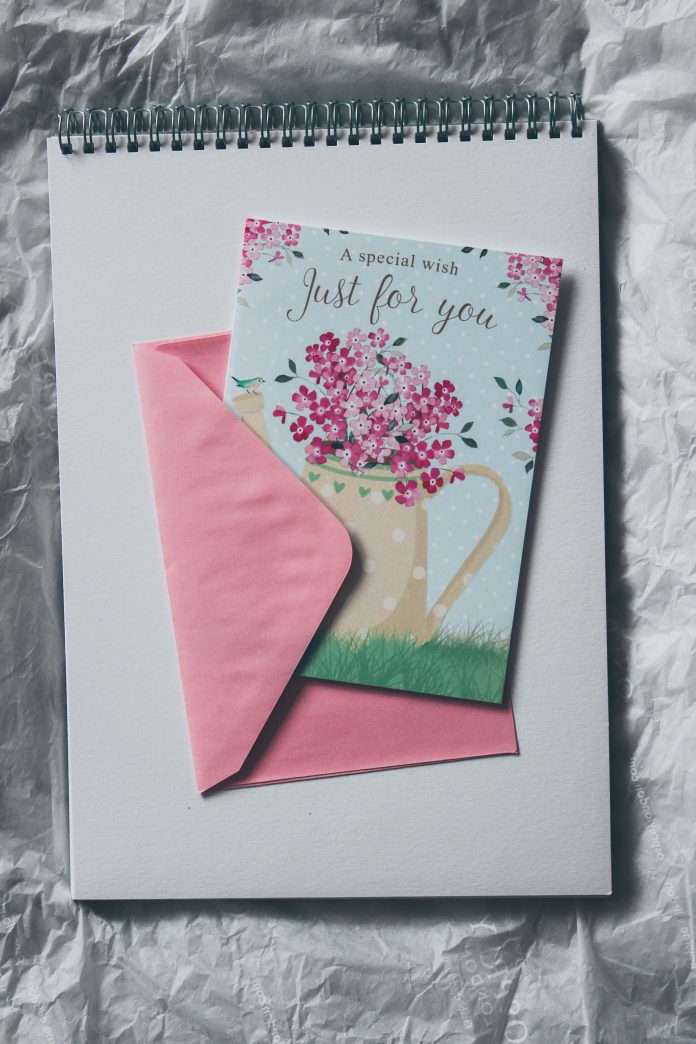The British have been sending greeting cards since Victorian times and still send more cards than any other country. But with online greeting cards sent by email and quick texts by smartphone, will they survive?
Card shops everywhere are claiming bankruptcy or closing due to low sales. Retailers claim that cards by Hallmark have become stale and ordinary. Is it the design of the cards or is it our method of sending them that people are finding boring? Younger people who tend to text their friends have become those who buy the most greeting cards. Those between the ages of 18 and 24 are sending more cards than any other age group. Easter cards, especially, have sold well and feature bright colors and freshness that are more appealing to different age groups than the overly religious cards of the past.
The largest growth in greeting cards is from those who are sending a card to try to cheer someone up. Cards for no occasion at all are also doing well. The younger generations find these cards more appealing as they contain messages such as “Proud of You” and “Just be your beautiful self”. The industry has also been buoyed by more “feminist” messages. For example, one card states, “A woman’s place is where she says it is”. Another, “Women don’t grow old. They just grow more important”.
Despite the availability of cards on the internet, almost all cards are purchased at a brick and mortar store or shop. With less cards being bought, prices are higher and the cards must be worth it to the consumer. Glitter is no longer in style but many cards have foil finishes, which raises the price. Also in high demand are cards which are made from recycled materials, such as coffee cups. Greeting cards are being updated constantly to stay astride of the times, with images of presidents and also a favorite of children everywhere, the Minions.
Though some people no longer send greeting cards, now is a good time to take another look at what’s available in the stores. To read the full article on how greeting cards have endured, click here.
Do you still use greeting cards?
Image Credit:

























